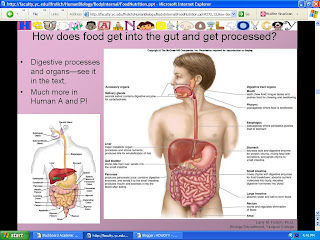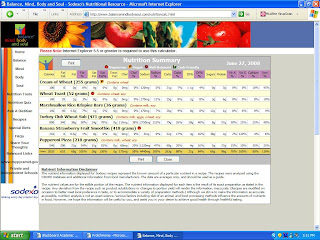Events of human life cycle- meosis, fertilization, fetal development, birth, childhood/adolecents, adulthood, aging, death

This is a picture of the male reproductive organs.
Testes- produce sperm and sex hormones
Epididymides- ducts where sperm mature and some sperm are stored
Vasa deferentia- conduct and store sperm
Seminal vesicles- contribute nutrients and fluid to semen
Prostate gland- contribute fluid to semen
Urethra- Conducts sperm
Bulbourethral glands- contribute mucus- containing fluid to semen
penis- organ of sexual intercourse
Where does meiosis happen?
Tissues of testes is full of seminiferous tubules, in wall of tubules, stem cells that give rise to sperm are constantly undergoing meiosis, sperm are then collected in epididymis, sperm are then ejaculated
Vasectomy-Vas deferens is cut, semen production and ejaculation are as before, sperm can not travel through epididymis, unjaculated sperm is reabsorbed

This is a picture of the female reproductive organs:
Ovaries- produce eggs and sex hormones
Oviducts- conduct eggs, location of fertilization
Uterus- houses developing fetus
Cervix- contains opening to uterus
Vagina- recieves penis during sexual intercourse, serves as birth canal, and as an exit for menstrual flow
Where does meiosis happen?
Occurs in ovaries, phase one in fetal ovary, 1 egg per month menstrual cycle, egg bursts through wall of ovary to be taken up into fallopian tube, phase 2 occurs the moment egg is fertilized, if pregnancy occurs no menstruation
Birth Control Options: hormone skin patch, depo-provera, diaphragm, female and male condoms, oral conception
Sexually transmitted diseases STDs
Viral diseases- cannot be treated with antibiotics but there are a few antivirals, HIV, genital warts, genital herpes, hepatitis
Bacterial diseases- can be treated wiht antibiotics chlamydia, gonorrhea, syphillis
Hepatitis- an infection of the liver by one of 6 viruses Hep A, B, C, D, E, G
Hep B is the most commonly sexually transmitted hep. transmitted through sexual contact and by contaminated blood, can lead to liver failure, vaccines available for Hep A and B
Other common infections of the Reproductive tract:
Bacterial Vaginosis-(BV) accounts for 50% of vaginitis in american women, caused by a disruption of the normal flora in the vagina leading to an overgrowth of certain bacteria
Trichomoniosis- caused by protozoan can cause frothy discharge with fowl smell and itching
Candidiasis- an overgrowth of normal yeast int he vagina, charecterized by tissue that is red, inflamed, itchy, sometimes white curdy discharge as well, birth control and antibiotics make women more prone to overgrowth of yeast.
Preventing transmission of STDs
abstinence, long term monogamous relationships, being aware of partners past sex life, drug use, practice safer sex, condoms, limit drug use and alcohol
Fertilization and implantation:
Approximatly one week to implantation , no growth just mitosis producing smaller cells, ectopic pregnancy fertilized egg implants but not in uterine walls

This is a picture of the stages of fetal development:
Early embryonic development- basic body plan laid down, no organs formed, placenta develops, very little growth fetus tiny
From fetus to adult- fetal germ layers destined to become specific adult strucure, overall body reflects early fetal form
Pregancy changes in female anatomy- shift in organs, bladder/rectum pushed superiorly, squeezed change in urination, stomach compressed, eat more often less at each meal, immune response may change, appetite, postural changes to comensate for anterior weight, breast enlarge
Birthing, cultures, and children
There are many different approaches to the birthing process and child raising that is what makes up our human population








































